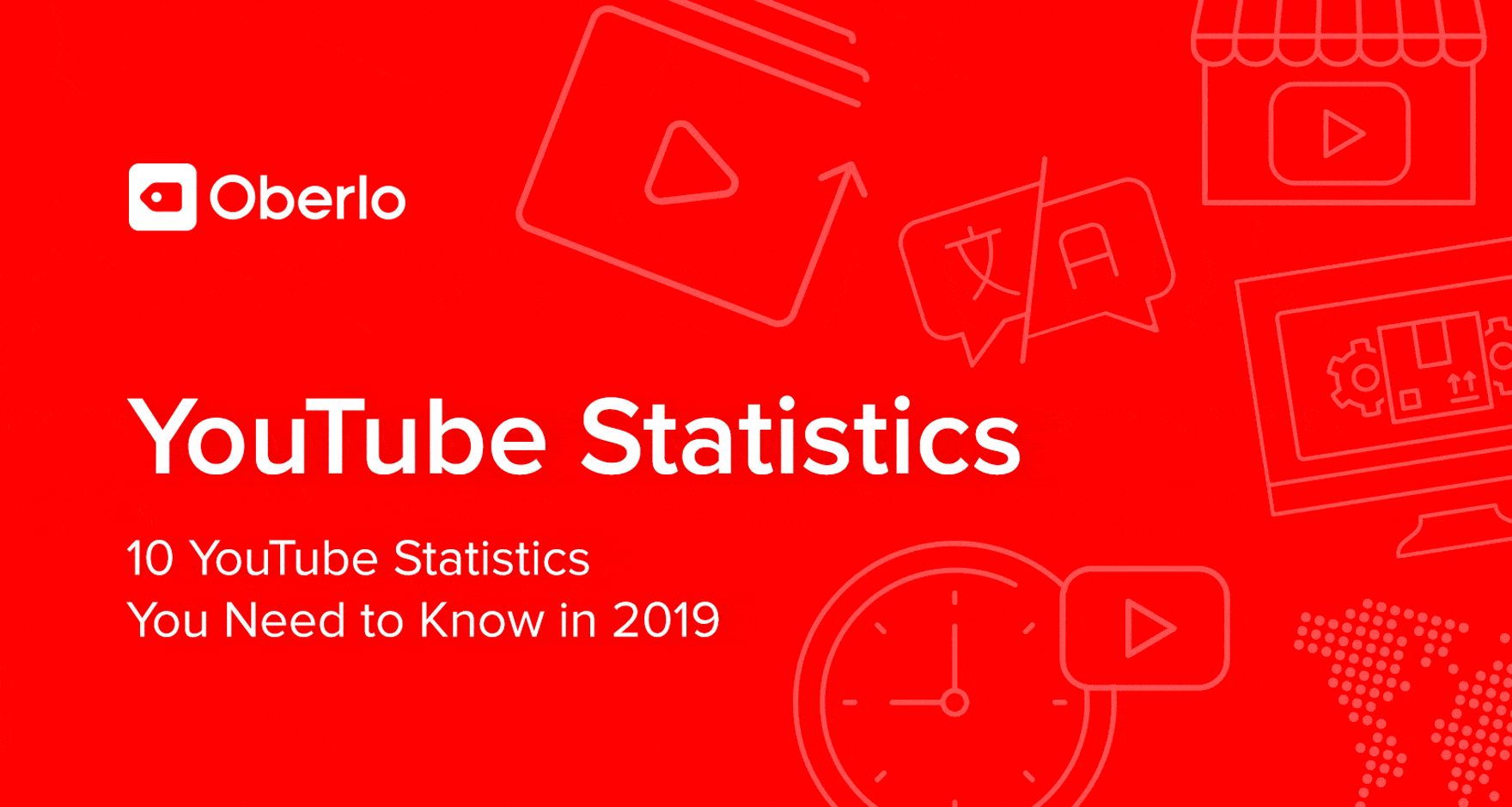We live in a time when The Internet has become the main source of information. Perhaps not for everyone, but certainly for the majority of society. And while it's true that you can find accurate facts in it, it's just as easy to come across distortions, half-truths, or news that is meant to create panic. This is how disinformation works.
What is disinformation?
Disinformation on the Internet is entirely intentional. It consists of providing false or manipulative information that misleads the reader. Disinformation creates a picture of the world that is not true. It leads to wrong decisions and actions, and creates a false perception of specific information.
The word "disinformation" itself appeared in the mid-19th century, and with it deceptive methods were defined to achieve tactical and strategic advantages. However, disinformation methods are much older and have been used since the days of Ancient Rome. Why did it become known only in the 21st century?
In the Internet age, manipulating information messages has become a powerful tool.
It is influential enough that it cannot be compared to anything that happened several centuries ago. It is even said that online disinformation has become one of the biggest threats to the digital space. Today, it is not limited to individual states, but affects institutions at the international level.

Targets of disinformation on the Internet
Disinformation on the Internet is aimed at providing false or manipulated information that is intended to have a certain impact on the recipient. The political, social and economic dimensions can be targeted.
In ancient times, disinformation was used to shape public opinion, it was a tool to incite people and to present the government in a favorable light. With the advent of the paper newspaper era, it also became an effective way to make money. Exciting headlines and false news increased circulation several times.
Today, not much has changed.
Disinformation can affect election results, shape social behavior, and influence the mood of the state.
Websites with false information conquer their click-through rates by publishing posts with a link to a "source" and at the same time generate advertising revenue.
Disinformation on the Internet is one of the tools for realizing strategic foreign policy interests. It allows to strengthen the influence of one country and expand its reach, often at the cost of weakening or eliminating competition.
Examples of media disinformation
One of the most flagship examples disinformation on the Internet is fake news. During the U.S. presidential election, the world spread a message about Pope Francis allegedly supporting Donald Trump's candidacy. The candidates themselves also used fake news to win the sympathy of voters. There were also reports - and let's be clear, these are unconfirmed - that other countries also used fake news to manipulate the US election.
Not so long ago, it was easy to find information about the harmfulness of 5G networks. In January 2021, an interview with Belgian doctor Chris Van Kerckhoven was published, in which he said: "5G is killing people, but no one knows it." This, combined with the suggestion that many 5G masts had been erected in China shortly before the pandemic outbreak, sparked a spiral of articles about the network's poor health impact. The topic was quickly picked up by the media, which is mostly known for spreading disinformation, and many celebrities joined the campaign. This is enough for the whole world to hear about the catastrophic impact of 5G.
The infodemic is a fresh and still relevant topic that is one of the best examples of disinformation on the Internet. The media has been flooded with news about masks that cause brain hypoxia or a free virus test that provokes a 10-second breath hold. Many conspiracy theories emerged and had a wide following.
What else can media disinformation lead to? The examples are shocking but also true. Burma, and in fact the Burmese military, used Facebook to spread false information about the Rohingyas. They were accused of killing people and cannibalism. All the videos were spreading at an alarming rate and the Burmese government decided to use them to explain the ethnic cleansing it had carried out.

Military disinformation
There are three targets of military disinformation: the enemy, one's own army, and the environment.
Activities include passing on false information - rumors, false documents, spreading rumors - to confuse your opponent.
Military disinformation seeks to conceal real intentions and plans. It also includes offensive actions (causing surprise and maintaining the initiative) and defensive actions (providing security for further actions and creating conditions for their implementation).
Cyber warfare
In the context of frontline combat, it is also necessary to say what cyber warfare is, because although it is not fought in the trenches or on the front, it takes place in cyberspace. Its goal is to modify and destroy the enemy's information systems and attack the communication channels through which they communicate.
Cyber warfare is a hot topic today. Hackers from the Anonymus group are waging a war in cyberspace with Russia. In fact, cyber competition has been going on for years on the Internet, involving the world's largest countries.
How to fight disinformation?
The issue of disinformation is gaining momentum in the context of the conflict between the Russian Federation and Ukraine. Russian disinformation is the biggest threat now, but not the only one we will face for years to come. Falsification of information and manipulation of facts is a common practice that is easy to come across on the Internet.
Fighting disinformation - how to recognize fake news?
- Always check the source - Do not trust information that is not based on reliable news. Check the author, find out where the original information came from and where it was sent.
- Clickbait is a friend of disinformation - Catchy headlines should evoke specific emotions and encourage people to click. This is one of the most popular steps for people who create fake news.
- Check the account from which the information came - Creating dozens of profiles that are somehow connected to each other is a typical activity for people spreading disinformation. A related tip is to beware of profiles that are not real and whose creators pretend to be people and institutions we should trust.
- Pay attention to language correctness - words and phrases that sound unusual should be the first signal that something is wrong with the message. Misinformation often comes directly from the translator.
- Rely on reliable and trustworthy sources of information - Remember that everyone on social media can describe themselves as an expert, but not everyone has the knowledge to speak out on a particular topic.
- Be sure to check portals to check for counterfeits - If something makes you suspicious or you are not sure whether the article is verified information, check websites that verify such articles (more information on this can be found later in the article).
- Think critically - is one of the best tips that everyone should follow. Don't take information for granted, even if it comes from a reliable source.

What are social media doing about disinformation?
Due to the fact that social networks are the most susceptible to disinformation, the services had to take appropriate steps in this direction. The platforms are updating their rules, and you can report posts that contain disinformation. Additional warning labels have been introduced on Twitter and Facebook continues to try to remove not only false information, but also entire groups of interconnected accounts that spread it.
Is this enough? It will definitely help, but it will not completely eliminate the problem of disinformation.
Reliable sources of information on the Internet
Given the above facts, it may seem difficult to find reliable information today. After all, literally anyone can become a victim of disinformation. How can we fight it?
- Take an interest in specialized publications and magazines. These are places where you can trust people who are truly experts in their field and their knowledge.
- Portals for fact-checking - There are more than a dozen different portals on the network that verify information.
- Visit government websites, where all information is up-to-date and truthful.









